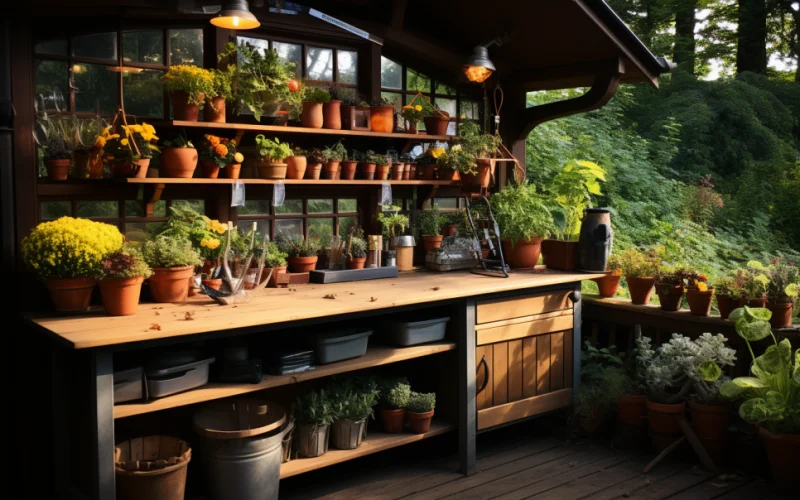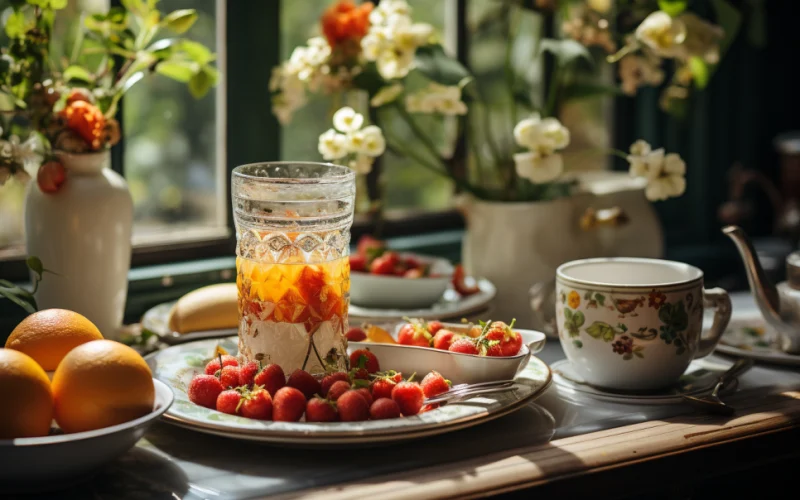If you were a chicken, what would paradise look like to you?
Maybe a large grassy field full of little bugs to snack on. A lovely shaded pond to cool your feathers after a hearty meal. Or a dip in the dust bath your caregiver lovingly placed in a corner for you.
We’d like to help you make this particular dream a reality for your favorite feathered friends. To make a backyard a sanctuary for your chickens, all you have to do is find a balance between nature, sustainable cleaning, and aesthetics.
Today, we’ll examine sustainable coop cleaning methods that reduce your workload to once or twice a year, self-cleaning water fountains, and other enrichment activities for your chickens.
By the end, you’ll have everything you need to create a little slice of heaven in your very own backyard. Shall we?
Stylish Chicken Coops as Functional Art Pieces
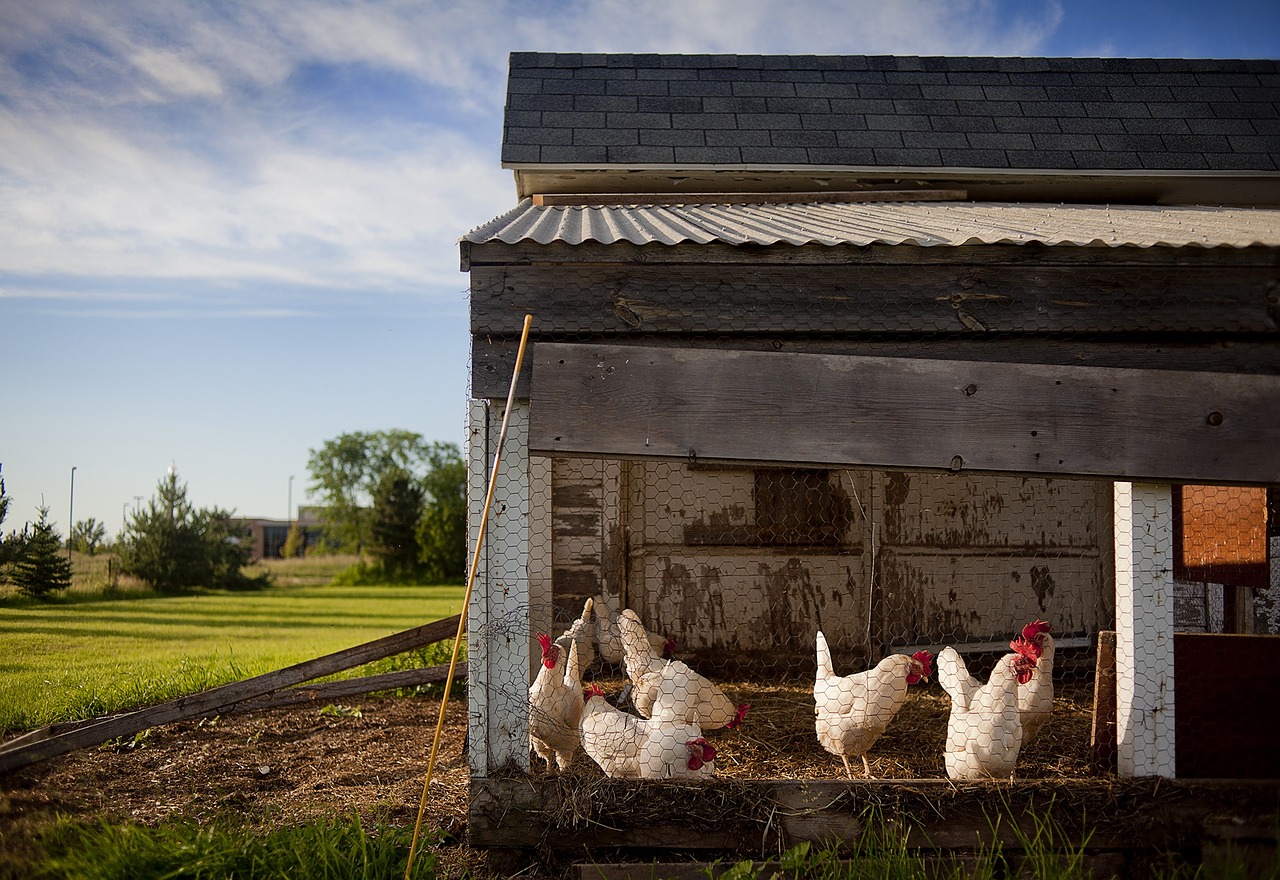
Thanks to fast-advancing scientific progress in the agriculture industry, there’s been a flood of incredible chicken-related inventions. Our personal favorites include the stunning and practical chicken coops that have recently swept the market.
For instance, some coops have automated doors that open and close at specified times. This allows your chickens ample time to roam around in the morning and get some fresh air before you come to feed them later in the day.
If you want to minimize your carbon footprint, consider supporting the many new chicken coop businesses that use recycled wood and old shipping pallets for their materials.
In most cases, these chicken houses are works of art designed with beautiful colors, patterns, and bird-friendly features, such as nesting boxes and perches.
By supporting these small ventures, you not only get to protect our forests but also provide a safe haven for your feathered friends to retire after dawn, safe from any dangerous predators. It doesn’t hurt that they’re easy on the eyes.
Using Herbs to Naturally Repel Pests in Your Chicken Coop
It’s impossible for your backyard to remain a paradise if fleas, mites or fleas infest it. They can cause severe discomfort for your birds and other health issues such as anemia and feather loss.
Thankfully, plenty of eco-friendly pest control solutions can be seamlessly integrated into your backyard.
For instance, Diatomaceous Earth (DE) is a natural, toxin-free powder made from the fossils of aquatic organisms called diatoms. As gross as that sounds, sprinkling Diatomaceous Earth in chicken coops and other areas where your chickens hang out, dehydrates and kills these tiny insects.
It’s advisable to use food-grade diatomaceous earth, as it is free of chemicals or contaminants that your chickens, cats, or dogs may consume.
If you’re finding it hard to get your hands on DE, you can use certain herbs with pest-resistance properties, such as rosemary, lavender, or mint. Hang them fresh or dry inside your chicken coop, or stuff them in bedding and nesting boxes.
|
Did you know that the diatoms used to make diatomaceous earth produce 20 to 30% of the oxygen we breathe? These microscopic cells convert carbon dioxide into organic carbon in the form of sugar and pure oxygen. |
|---|
Creative Enrichment Projects to Keep Your Chickens Happy
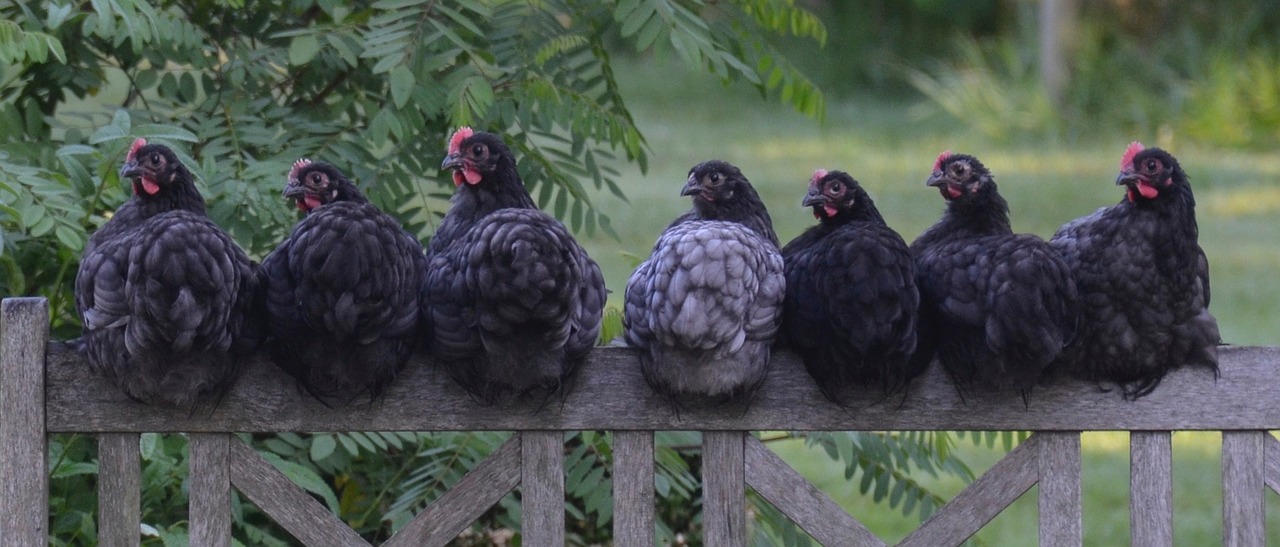 Seeing your happy and healthy chickens scratching and pecking away in your backyard is both rewarding and heartwarming. However, our feathered friends are also prone to bouts of boredom caused by repetitive routines.
Seeing your happy and healthy chickens scratching and pecking away in your backyard is both rewarding and heartwarming. However, our feathered friends are also prone to bouts of boredom caused by repetitive routines.
Luckily, there’s something you can do to add a little fun and light to their lives. Here are a few creative and fun DIY projects you can use for the enrichment of the lives of your backyard chickens:
- Treat dispensers: Save your birds from boredom by repurposing plastic bottles or jars as treat dispensers. Drill small holes around the container so chickens can peck treats out. These DIY dispensers encourage problem-solving and natural foraging behaviors in your birds.
- Hanging toys: If you have any old CDs, mirrors, or bells you don’t use anymore, hang them around your coop and backyard. Chickens love shiny, moving objects and will have a blast pecking and playing with these simple toys.
- Forage boxes: You should definitely consider putting together a forage box if your backyard is concrete or the ground is too hard to scratch. Fill a shallow box with hay, dead leaves, or soil and stuff it with mealworms or seeds for your chickens to scratch and forage.
- Dust boxes: Chickens love showering just as much as you do. The only difference is that their baths are a bit dustier, and they definitely skip the shampoo. Dig a shallow ditch in your backyard and mix in soil, sand, and diatomaceous earth. This dust bath will keep their feathers clean and deter pests.
Creating a Balanced Ecosystem with Beneficial Plants
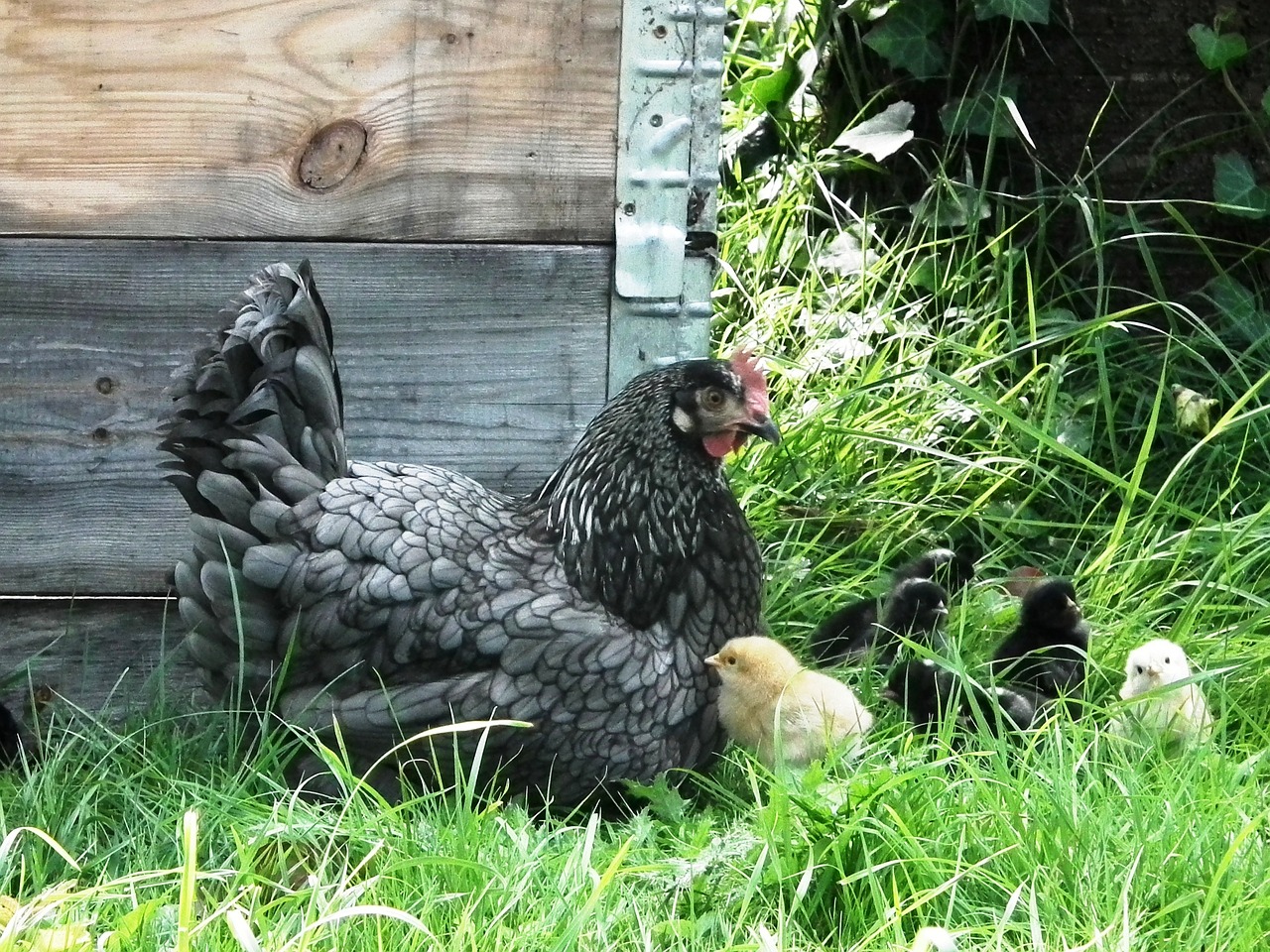
At this point, your backyard is coming along nicely. To put it all together, plant some companion plants to add an aesthetic touch for you and your chickens to enjoy.
The good news is that some plants offer more than simple aesthetics. Planting the right plants can create a biological ecosystem that promotes your chickens’ mental and physical health.
Plant them in planter boxes to start. As soon as they’re established, place them in the chicken run. Cover the base of the plant with chicken wire to ensure the chickens can access it but can’t scratch at the soil.
Let’s look into a few chicken-friendly plants and how they can improve your birds’ quality of life:
|
Plant Name |
Description |
Benefit for Chickens |
|---|---|---|
|
Sage |
A hardy plant that thrives in various conditions. Naturally resistant to various pests, such as slugs and aphids. |
Sage smells amazing and contains antioxidants that can help prevent salmonella in chickens. It can also be beneficial to chickens’ respiratory health. |
|
Rosemary |
A versatile and aromatic plant that can be used for both cooking and pest control. Stunning needle-like leaves and small purple flowers. |
Has pain relieving properties. Good for respiratory health. Can be used as a natural mite control solution. |
|
Lavender |
Add a splash of purple to your backyard with fragrant and visually appealing lavender plants. Easy to grow and maintain. |
Its lovely aroma helps reduce stress and anxiety in chickens. Create a soothing environment for laying hens by hanging lavender dried or fresh in nesting boxes. |
|
Nasturtium |
Multi-colored flowers and distinctive shield-shaped leaves. Add a pop of color to your backyard. |
Has natural antiseptic and antibiotic properties. Attracts beneficial insects, such as ladybugs and hoverflies. Natural chicken dewormer. |
|
Oregano |
Can be added to chicken feed, fresh or dried. Aromatic and vibrant plant that adds a touch of warmth to your backyard. |
Immunity booster against common poultry diseases, such as avian flu and salmonella. Packed with Vitamin E & K, calcium, and antioxidants. |
Water Features for Chicken Hydration and Enjoyment
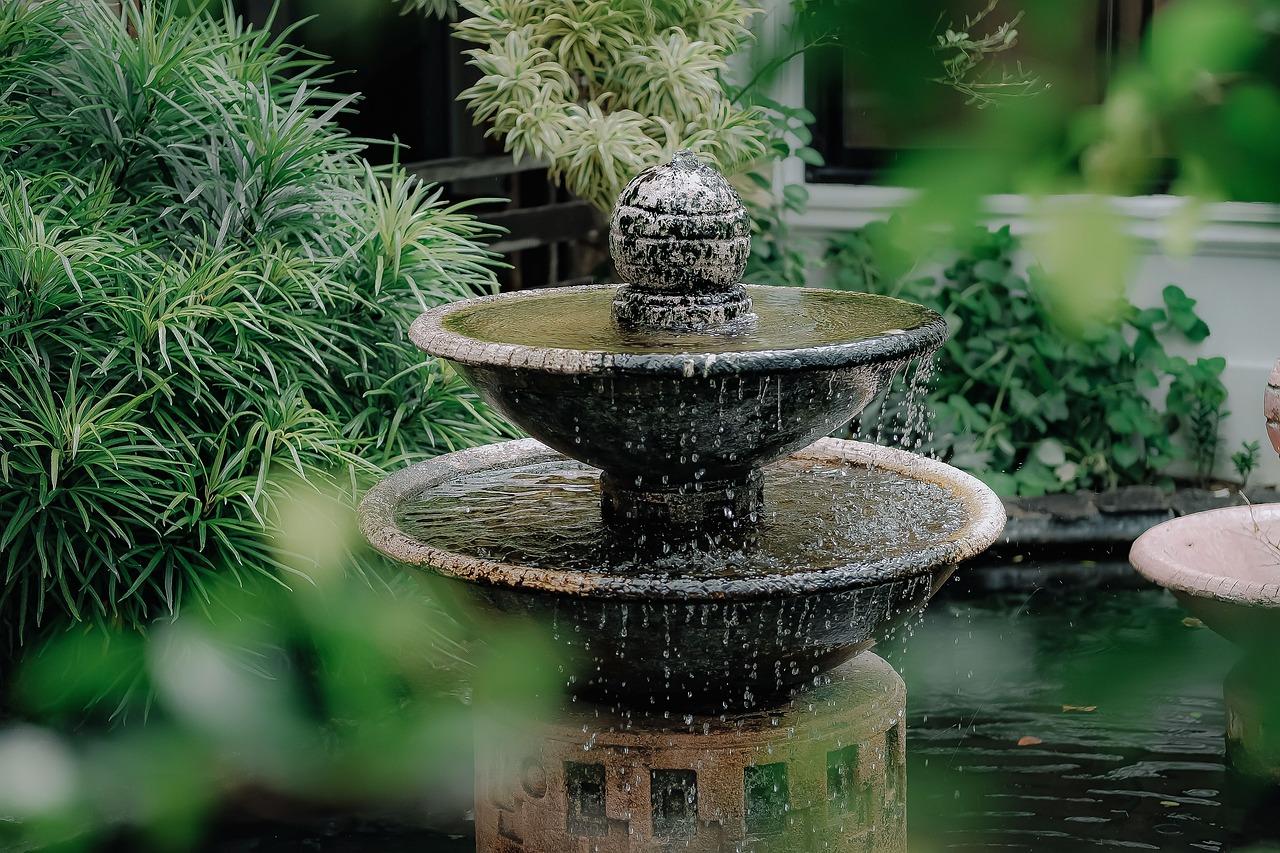 While most of the suggestions above are for ensuring the happiness of your chickens, adding water features will benefit both man and bird. Imagine the soothing sight and sound of water gently washing over you and your flock, creating a peaceful and serene vibe.
While most of the suggestions above are for ensuring the happiness of your chickens, adding water features will benefit both man and bird. Imagine the soothing sight and sound of water gently washing over you and your flock, creating a peaceful and serene vibe.
Let’s look into two water features that’ll transform your backyard into a serene and functional paradise.
Chicken-Friendly Pond with Natural Filtration
If you have the space, consider adding a pond as the focal point of your backyard. Find a spot that receives full or partial shade to ensure the water stays cool for your chickens.
Design the pond to be shallow in some areas so your chickens can drink freely and deep in other parts to accommodate aquatic life.
Thankfully, installing a natural filtration system will eliminate the need to clean the pond. Specific aquatic plants and bacteria, such as water lilies, cattails, and duckweed, have natural water purification capabilities that do all the work for you.
|
Caution: Ensure your pond has sloped edges or a small ramp to prevent your chickens from falling in and drowning. Consider setting up perches, such as floating rocks, for your chickens to sunbathe while enjoying the water. |
|---|
Consistent Hydration for Chickens with Flowing Water
As far as backyard aesthetics go, it doesn’t get much better than a waterfall feature with a small stream. The trick is to design a waterfall that flows into a stream passing through your backyard.
Use natural rocks to create gentle slopes and shallow pools where your chickens can easily drink and forage.
Ensure you utilize a recirculating pump and natural filtration plants, such as water hyacinth, to prevent water stagnation and algae formation.
The flowing water will provide a consistent source of hydration for your feathered friends. Moreover, the gentle sound of the waterfall will create a tranquil atmosphere in your backyard.
Eco-Friendly Coop Cleaning Practices
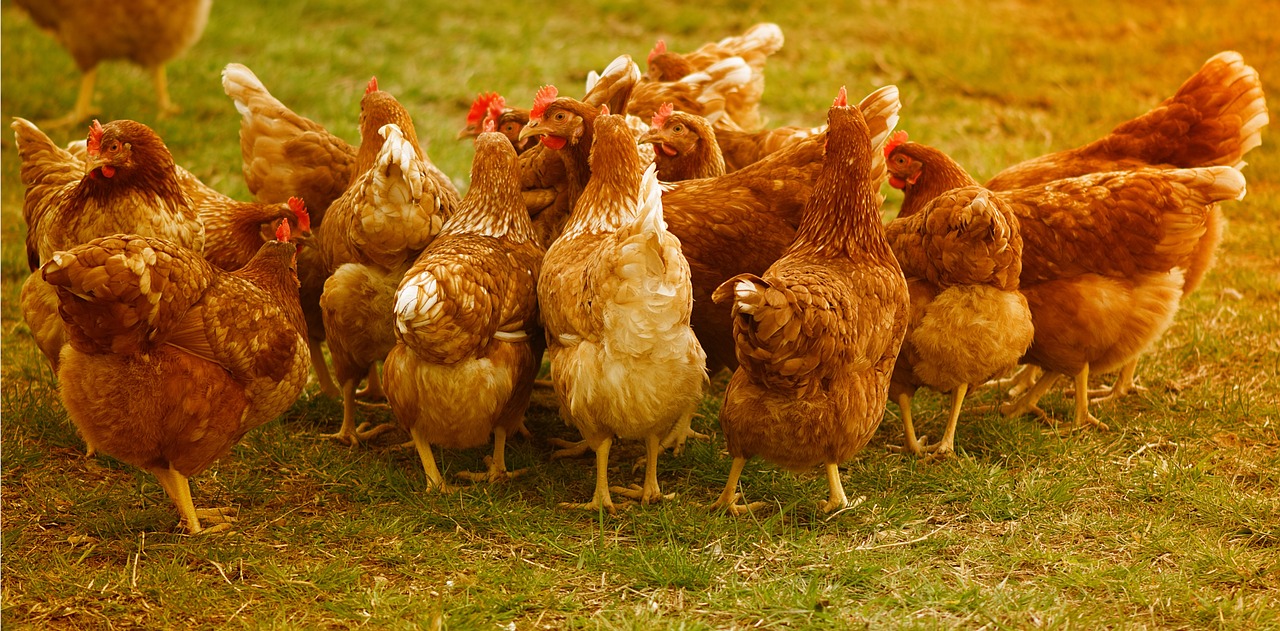 Eco-friendly coop cleaning involves using natural, toxin-free methods and tools to clean and maintain your chicken coop. Reducing the use of chemical cleaners has many benefits.
Eco-friendly coop cleaning involves using natural, toxin-free methods and tools to clean and maintain your chicken coop. Reducing the use of chemical cleaners has many benefits.
For one, you’ll reduce the risk of respiratory issues commonly caused by exposure to harsh chemicals in your chickens. Secondly, these sustainable cleaning methods reduce your carbon footprint by recycling waste and using biodegradable materials.
Natural Cleaning Solutions
Store-bought chemical cleaning detergents are not required to kill and disinfect germs effectively. Using everyday household items like vinegar, baking soda, and essential oils will give you good results, sometimes better.
To make a clean, toxin-free cleaning detergent, follow these simple steps:
- Mix one cup of white vinegar and another of distilled water in a spray bottle.
- Add a few drops of an essential oil of your choice. We recommend lavender or tea tree oil as they both have natural disinfectant and antifungal properties.
- Shake vigorously and pair it with baking soda to scrub away stubborn stains.
Natural cleaning agents benefit the entire ecosystem of your backyard. When you rinse the mixture off, no chemicals are draining into the soil or groundwater. In the long run, this practice safeguards the lifecycle of beneficial insects and bacteria, ensuring a balanced and thriving ecosystem.
The Deep Litter Method
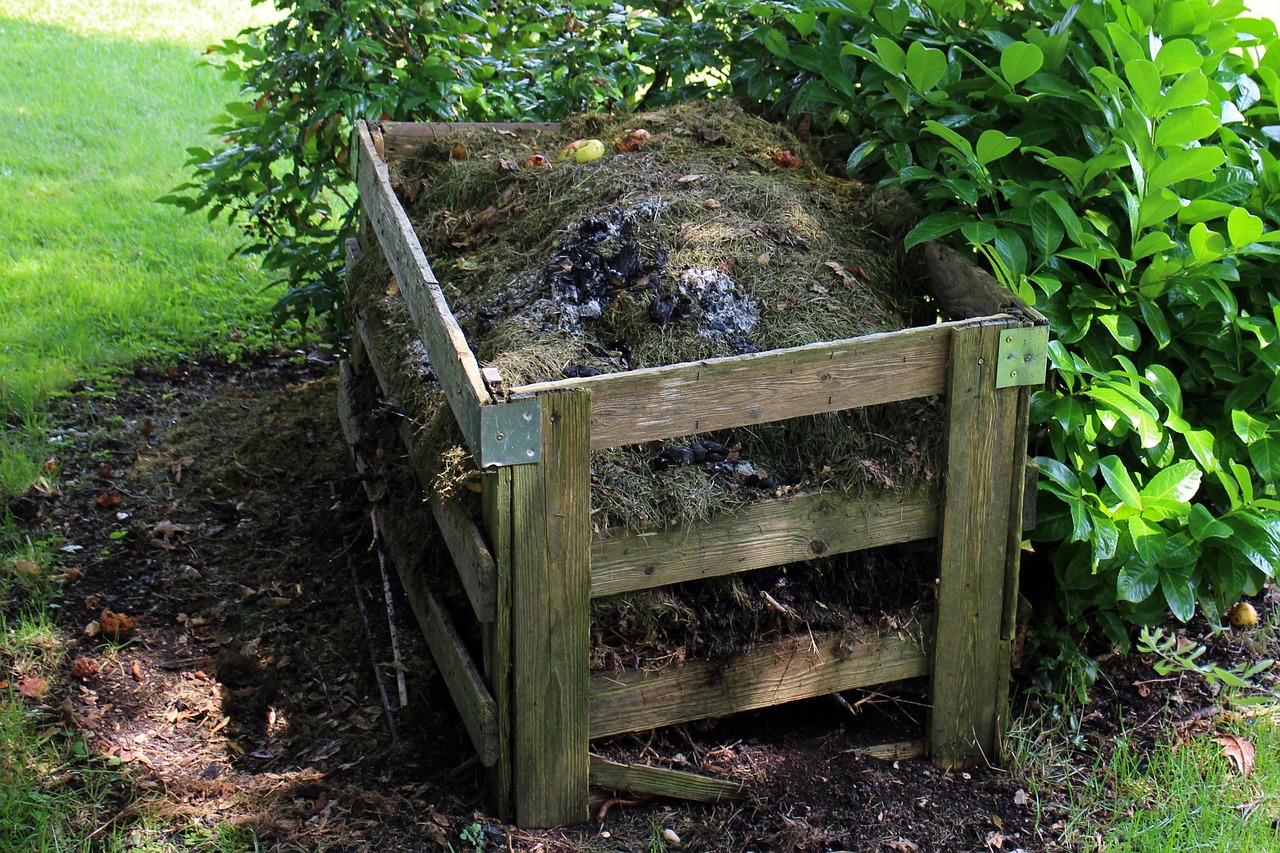
How would you feel if you only had to clean your chicken coop twice a year?
No, you didn’t read that wrong. The deep litter method is a compositing method where chicken bedding is allowed to build up and decompose over time.
When the old bedding gets saturated by chicken poop, you add a fresh layer and go on your merry way. That’s it. There’s no catch, promise. Let’s learn how this works.
- Select the best bedding for the job. The two main options are straw and wood shavings, specifically pine shavings. However, it’s important to note that straw takes longer to decompose compared to pine shavings.
- Lay a thick layer of the organic bedding. Go for at least 3 to 4 inches to set a firm foundation.
- After a month, return and turn the bedding over with a rake. This promotes air circulation and, by extension, decomposition and odor control.
- When the bedding gets too saturated with poop, add about one inch of fresh pine shavings on top of the old layer. Don’t touch or remove the old layer.
- After six months, it’s time to take out the bedding. Clean everything out, but leave about an inch of the bedding intact. This will jumpstart the decomposition of the fresh bedding.
The timeframes should be adjusted according to the number of chickens you have and the size of your chicken coop. It’s very important that you don’t let the bedding get wet. Wet and moldy litter can release spores and harmful gases, such as ammonia, which may cause respiratory problems in chickens.
|
Hot Gardening Tip: Don’t add the deep litter compost to your garden immediately. Allow the fresh chicken poop to decompose first. The compost will turn a deep brown color when it’s ready. |
|---|
The Joy of a Thoughtfully Designed Chicken Haven
Watching your chickens play, forage, and interact in a thoughtfully designed space will bring you and your feathered friends a deep sense of fulfillment and relaxation.
Even small improvements, such as adding companion plants or building a pond, can significantly enrich their lives, allowing them to connect more deeply with nature. Don’t forget to consider the specific needs and behaviors of your chickens before making any improvements.
Take your time when designing a backyard sanctuary for your chickens. Approach this process with an open mind and boundless creativity, and you’ll quickly create a beautiful and functional space in no time.
Most importantly, have fun.






